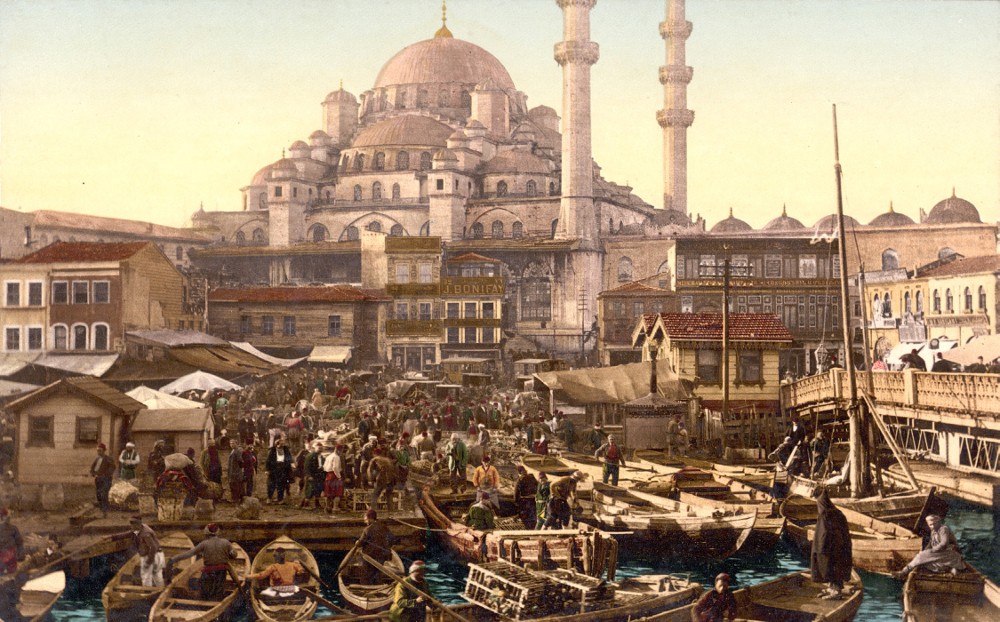



I fell into the study of philanthropy while trying to make sense of rural taxation and land tenure in 16th century Palestine, then under Ottoman rule. Several weeks in the imperial archives of the Topkapi Palace in Istanbul brought me face-to-face with an exquisite series of long scrolls penned in gold, lapis, and black inks some five hundred years old. They recorded orders from Sultan Süleyman “the Magnificent” to transfer properties to his wife, Hurrem Sultan. From these she immediately created an endowment, a waqf, to support a public utility in the middle of Jerusalem, a space allocated for what we may now consider a soup kitchen, serving meals twice a day.
Ottoman sultans, and in fact Muslim rulers and their families since early Islamic times, made large endowments to support schools, mosques, roads, hospitals, baths, bridges, cemeteries, as well as the odd idiosyncratic fund to care for cats or feed birds in the winter. Founding public works was part of their job description, a function sandwiched between religious leader and politician. Meanwhile, individuals with any means often made their own endowments of every possible size, funding public welfare and their own families in the process. This type of giving is a common encouragement throughout the Qur’an as well as the Old and New Testaments.

The specific Ottoman cases also raise more universal questions about philanthropic giving. How voluntary is voluntary? Why do some gifts earn praise and others a shrug? What does practical altruism mean and does it really exist? Where do the boundaries lie between individual initiative and government responsibility? Who decides which people deserve to benefit from philanthropy (like who gets to eat at a public kitchen)? These types of questions offer insights from the past to today’s philanthropists, who in the very nature of their work look to the future.
Historians examine the past to understand how people functioned in societies and cultures in times preceding our own. We try to understand what people valued in the past, what worried them, how they coped with threats, what they celebrated and why, and what precipitated changes in their lives. We ask questions about how people did what we still do: make a living; pray; raise children; build; ail and heal; fight wars; trade. These constants link humans across space and time through experiences that are at the same time very similar and utterly distinct.
Philanthropy—voluntary giving of material wealth, time, and expertise for the benefit of individuals or communities—is one of those constants, persistently present. It is for this reason that a column written by an historian just might be of interest to an audience of contemporary philanthropists and philanthropic professionals. History not only enriches our lives by explaining how change comes about in the world but it connects us to people who participated in those changes. Our own world is more dynamic, complex, beautiful, and simply bigger when we understand more about someone else’s.